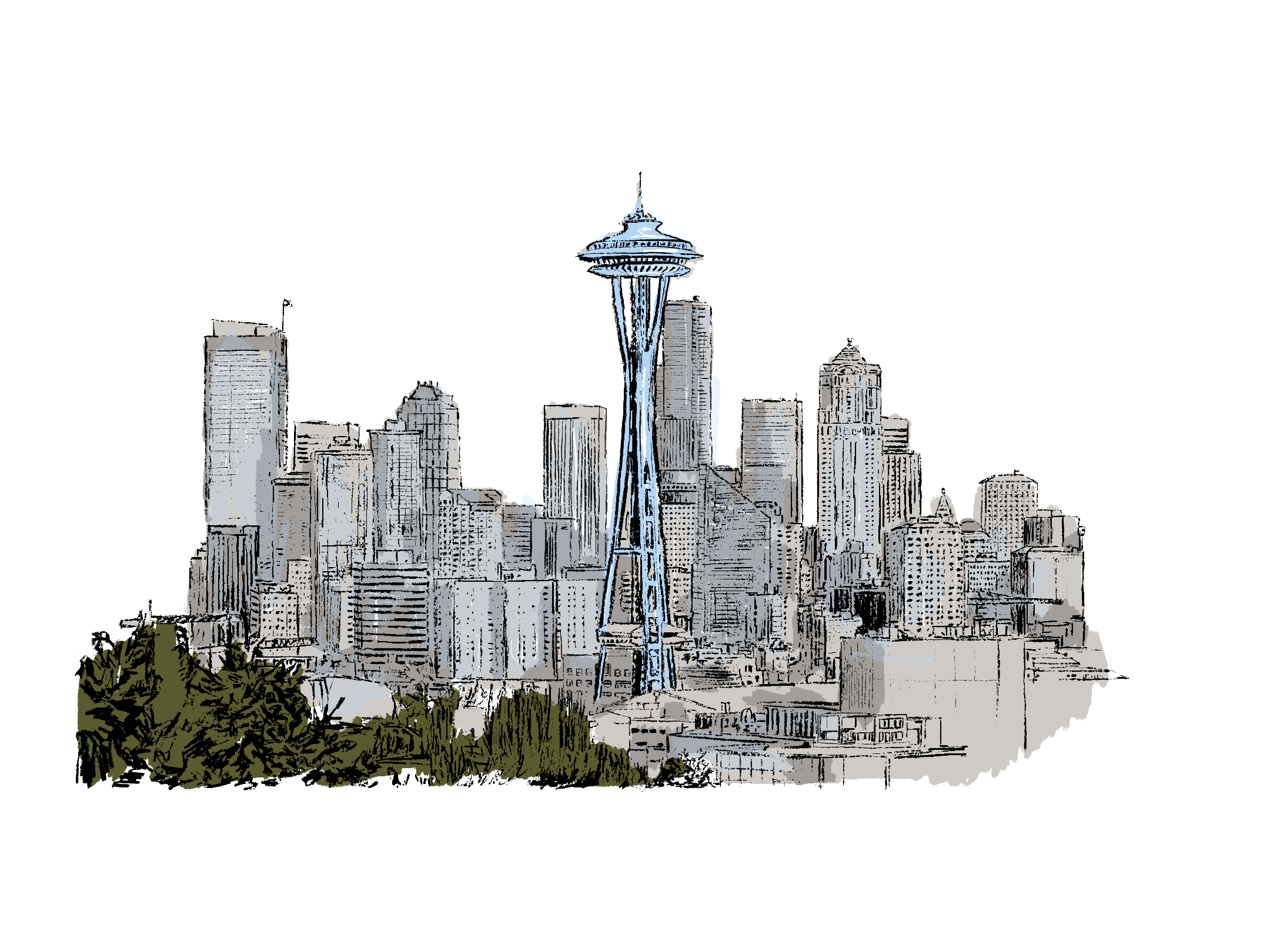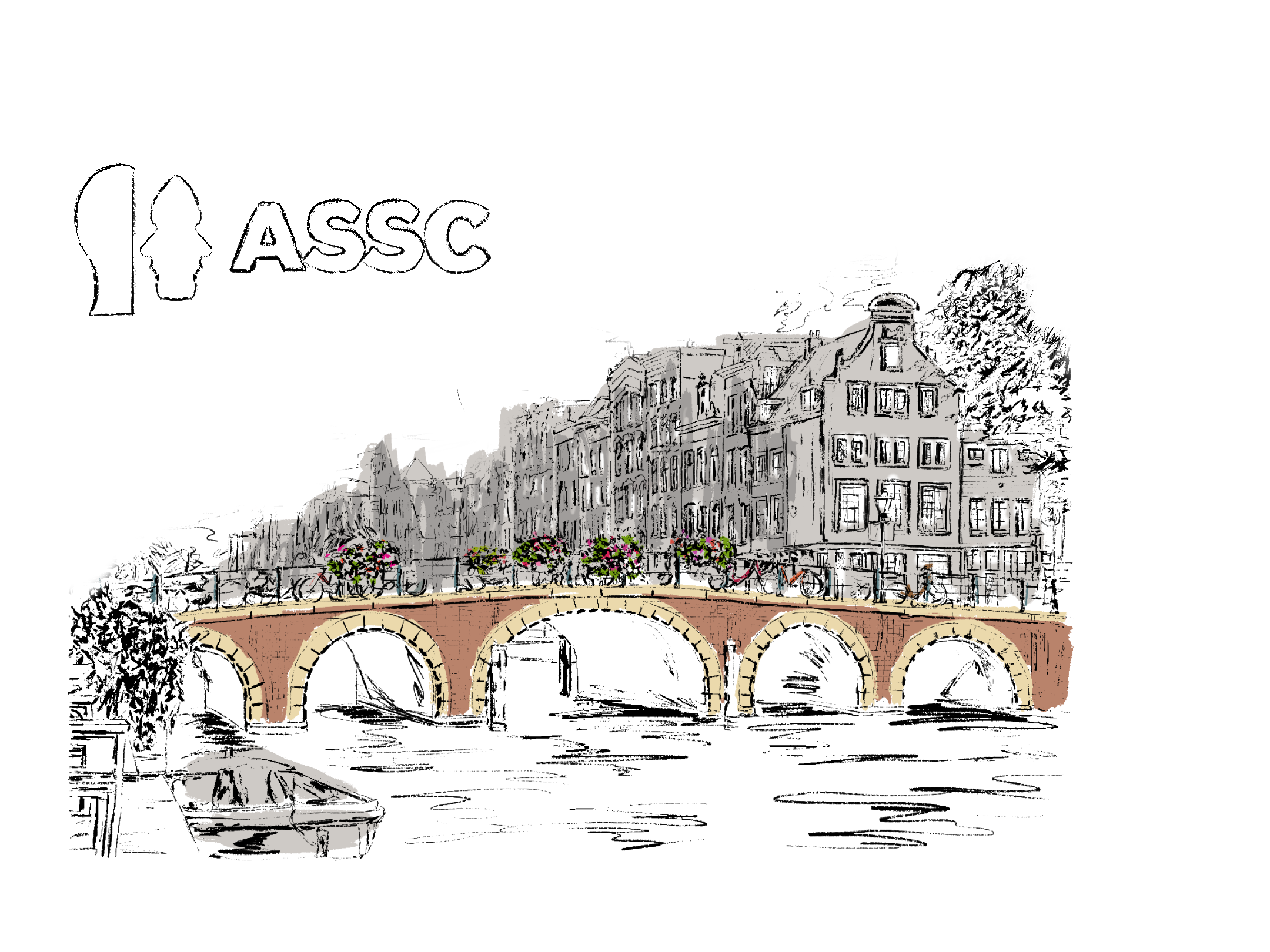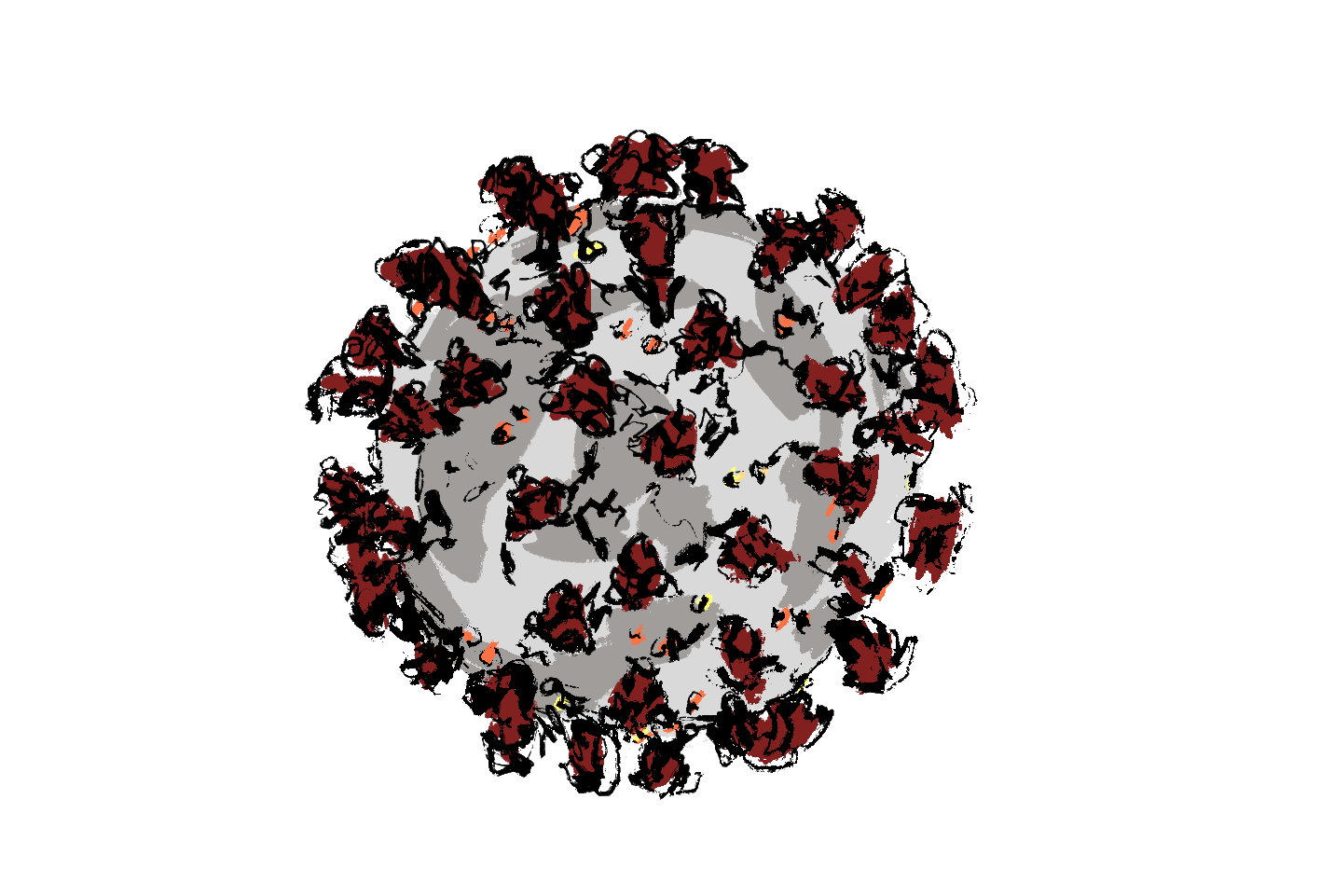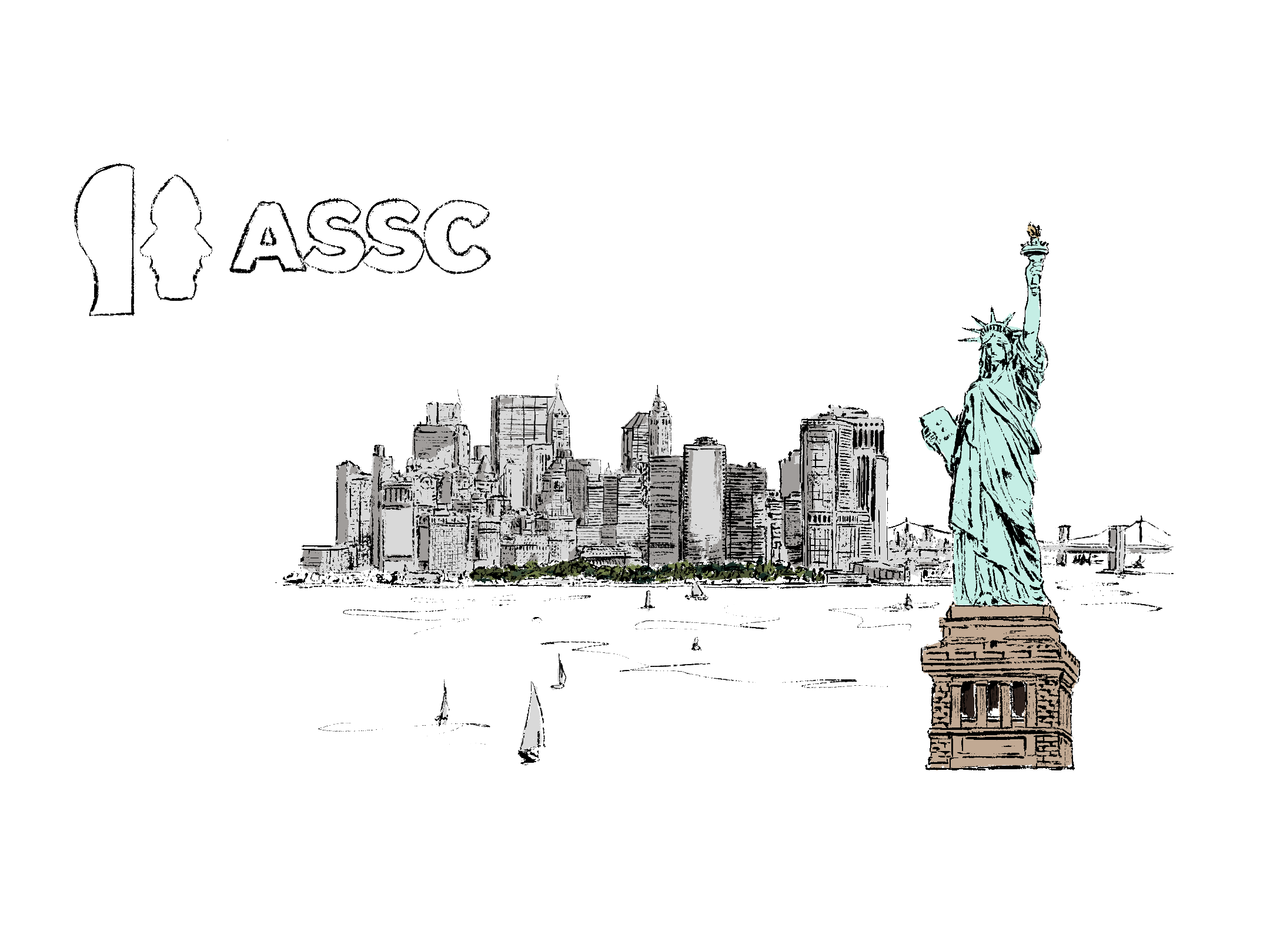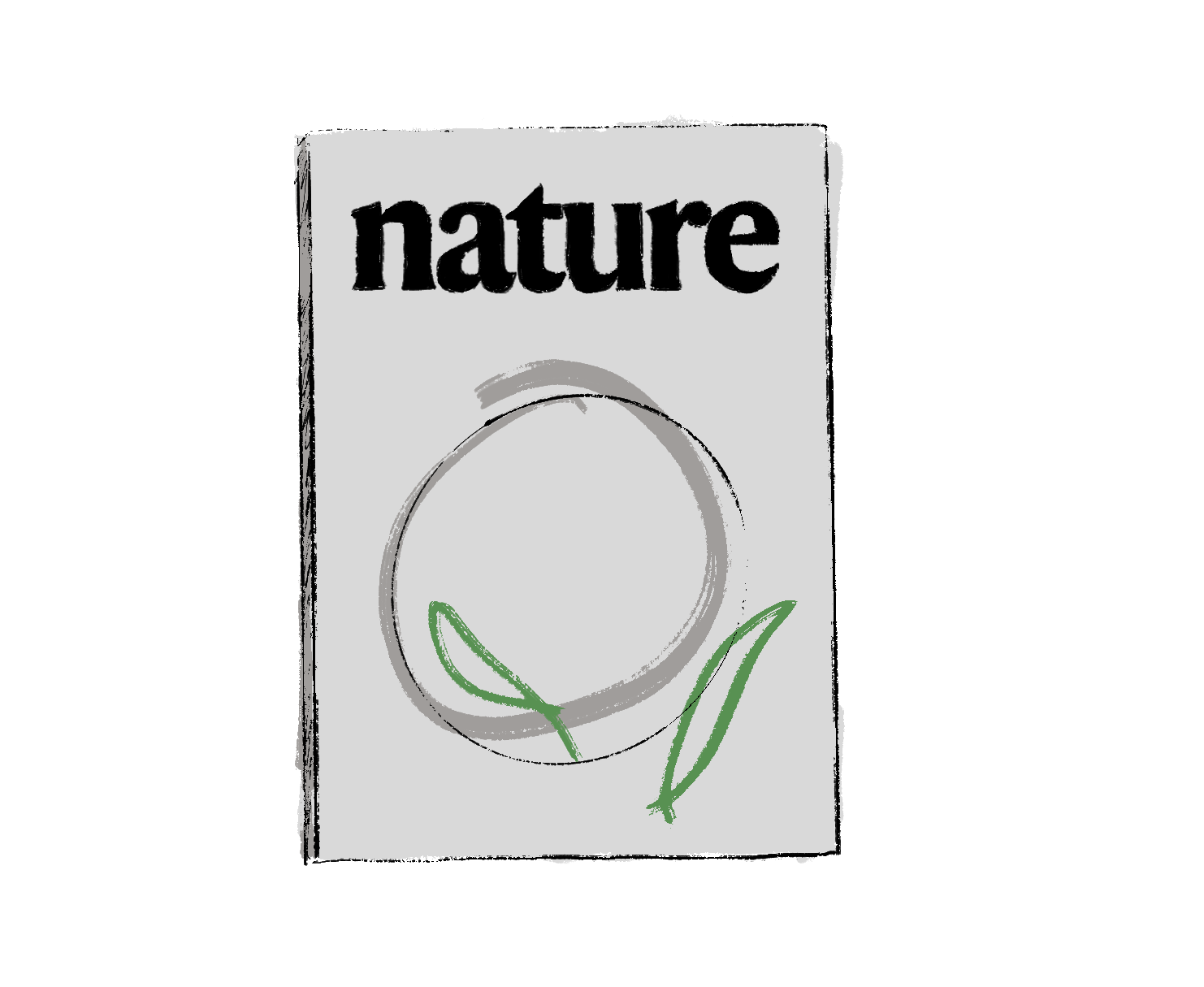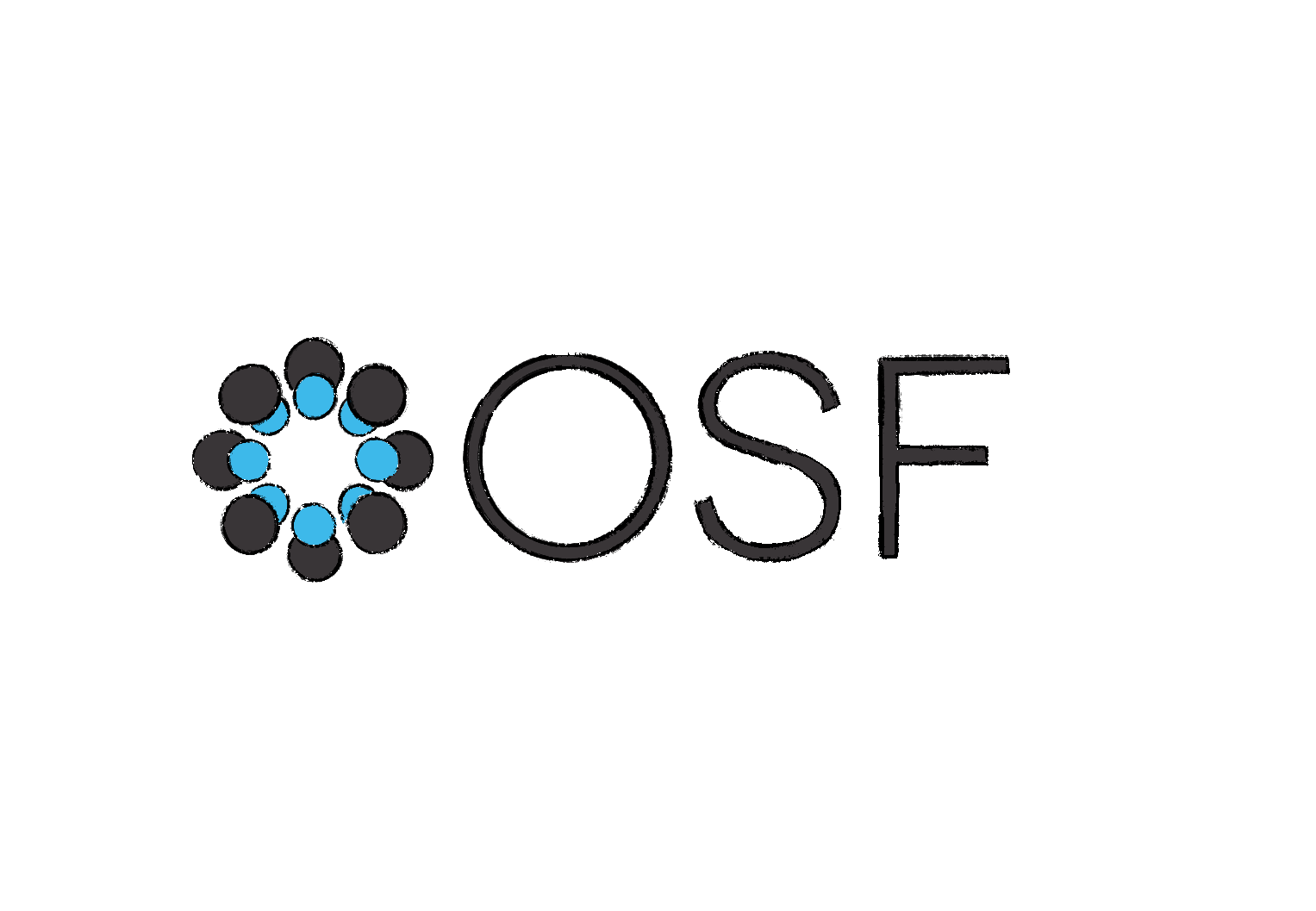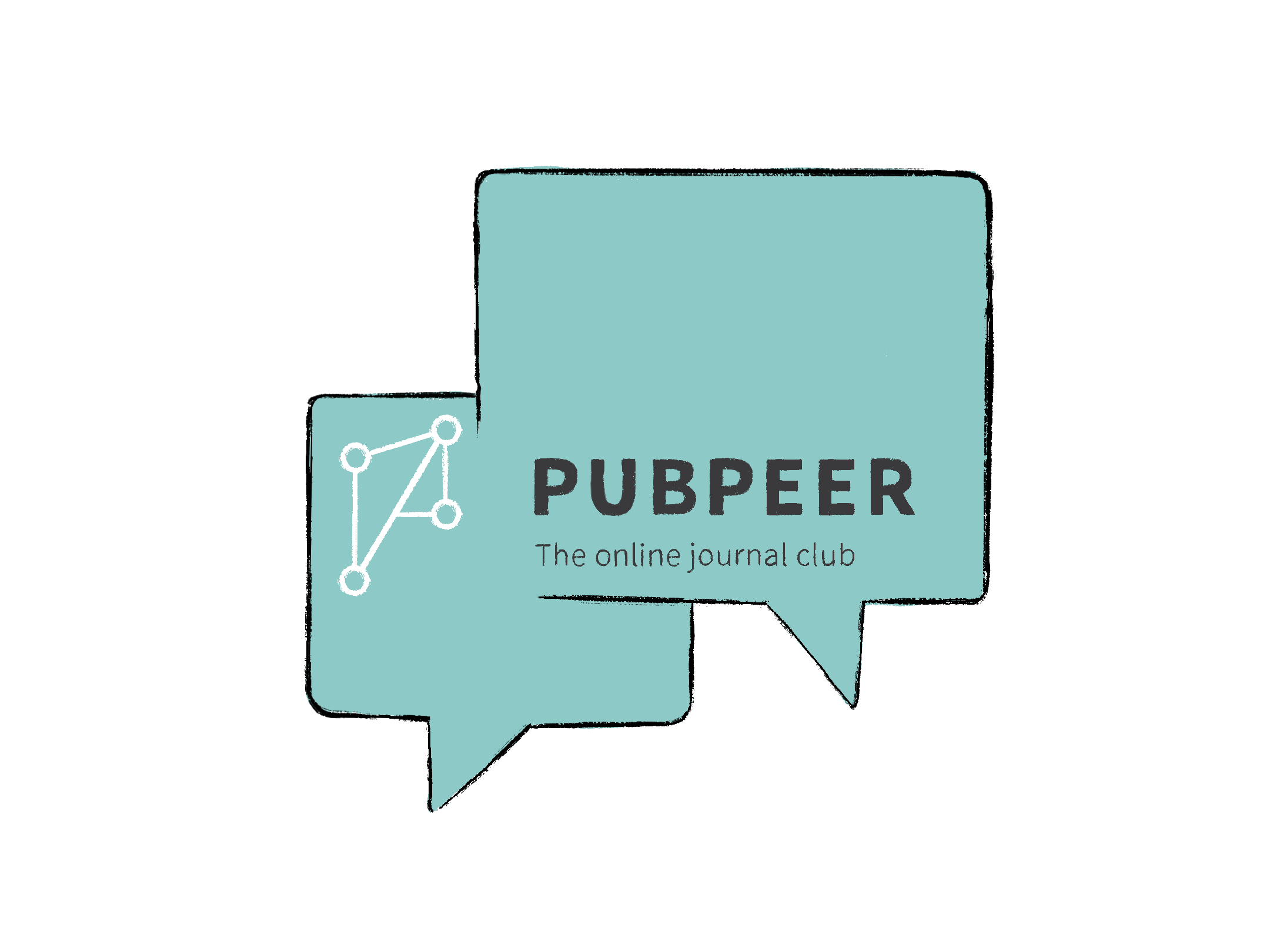Adversarial testing of global neuronal workspace and integrated information theories of consciousness
We would like to share with you a story.
On April 30, 2025, after seven years of extraordinary effort by a group of truly incredible researchers, our paper on Adversarial Collaborations was published in Nature.
Of course, it looks like something to celebrate. And it is. We are immensely proud - of the contributors, of the science, and of the unique support this community has shown over the years. We are deeply grateful to Stanislas Dehaene and Giulio Tononi for trusting us to test their hypotheses.
But behind that glossy PDF, there is a story. A story not often told…
MAR 2018
JAN - OCT 2019
2020
The story began in Seattle, where a small group of researchers met to plan a new kind of scientific collaboration. The goal was ambitious: to design a theory-neutral investigation of consciousness that brought together scientists with differing views. This meeting marked the first step toward building the ARC-COGITATE collaboration.
Shortly after, the first version of the preregistration was uploaded to the Open Science Framework. Though initially embargoed, it laid the foundation for a transparent and rigorous approach. With support from the Templeton World Charity Foundation, the project formally began. The launch was celebrated at the Society for Neuroscience meeting in Chicago, where collaborators gathered to align plans.
At the ASSC conference in Amsterdam, the team presented early results from Experiment 1. These discussions continued at a satellite meeting held alongside the conference. Based on insights from an optimization phase, preregistration v4.0 was developed and registered in OSF under embargo.
Soon after, the embargo on preregistration v4.0 was lifted and it became publicly accessible. Final findings were shared at the ASSC conference in New York, including a public event reflecting on “25 Years of Consciousness.” The preprint reporting results from Experiment 1 was posted to bioRxiv and simultaneously submitted to Nature.
Preparations turned into action as data collection began. Then, in early 2020, the COVID-19 pandemic swept across the world. Laboratories shut down, travel ceased, and much of the work paused. The team adapted and stayed connected, revising plans and timelines as the situation evolved.
MAY 2025
The methodological framework behind the project was then published as a Registered Report in PLOS ONE.
As the second experiment took shape, two new preregistrations were released: one for fMRI and one for MEG. Then, in early 2025, the Experiment 1 paper was accepted for publication. The article appeared in Nature, representing a key milestone in the project.
This seven-year effort united researchers from diverse disciplines and perspectives. Through persistence, shared standards, and open dialogue, it marked a meaningful step forward in consciousness science.
It was made possible by the extraordinary skill and dedication of the individuals behind it, with each team member playing a vital role in bringing the collaboration to life.
SEPT 2023
A response on PubPeer contributed to an open and constructive dialogue around the work.
The Nature manuscript remained in peer review, with several rounds of revisions. All reviews have been made openly available.
Eventually, progress resumed. A major step forward came with the public release of preregistration v3.0. Around the same time, a feature in Science highlighted the project’s unusual approach to studying consciousness. Over the following months, data collection for the MEG and fMRI components was completed, while intracranial (iEEG) recordings continued.
The final step was to ensure others could build on this work. The full dataset from Experiment 1 was made openly available, in keeping with the team’s commitment to transparency and collaboration.
Citation:
Cogitate Consortium, Ferrante, O., Gorska-Klimowska, U., Henin, S., Hirschhorn, R., Khalaf, A., Lepauvre, A., Liu, L., Richter, D., Vidal, Y., Bonacchi, N., Brown, T., Sripad, P., Armendariz, M., Bendtz, K., Ghafari, T., Hetenyi, D., Jeschke, J., Kozma, C., Mazumder, D. R., Montenegro, S., Seedat, A., Sharafeldin, A., Yang, S., Baillet, S., Chalmers, D. J., Cichy, R. M., Fallon, F., Panagiotaropoulos, T. I., Blumenfeld, H., de Lange, F. P., Devore, S., Jensen, O., Kreiman, G., Luo, H., Boly, M., Dehaene, S., Koch, C., Tononi, G., Pitts, M., Mudrik, L., & Melloni, L. (2025). Adversarial testing of global neuronal workspace and integrated information theories of consciousness. Nature. https://doi.org/10.1038/s41586-025-08888-1
JUL 2022
JUN 2023
APR 2025
FEB 2023
Meet the authors
Click on author to reveal their specific contributions.
MAY 2021
At an AGM in Paris, the full results from Experiment 1 were shared with the consortium, including the adversaries.
Author contributions (CREdiT)
Initial conceptualization of the experiment and development of predictions were done by David J Chalmers, Francis Fallon, Hal Blumenfeld, Stanislas Dehaene, Christof Koch, Giulio Tononi, Liad Mudrik, Michael Pitts and Lucia Melloni.
Development of the experimental framework, design of the adversarial collaboration and overall consortium structure was conducted by Liad Mudrik, Michael Pitts and Lucia Melloni.
Refinement of experimental design for preregistration was done by Sylvain Baillet., David J Chalmers, Radoslaw M. Cichy, Francis Fallon, Theofanis I. Panagiotaropoulos, Hal Blumenfeld, Ole Jensen, Floris P de Lange., Huan Luo, Melanie Boly, Stanislas Dehaene, Christof Koch, Giulio Tononi, Liad Mudrik, Michael Pitts and Lucia Melloni, with input from Oscar Ferrante, Aya Khalaf, Alex Lepauvre, Ling Liu, David Richter, Rony Hirschhorn and Urszula Gorska-Klimowska.
GNWT proponent was done by Stanislas Dehaene.
IIT proponents were done by Giulio Tononi, Melanie Boly and Christof Koch.
Funding was acquired by Liad Mudrik, Michael Pitts and Lucia Melloni.
Pilot studies were performed by Alex Lepauvre, supervised by Lucia Melloni.
Consortium management, team leadership and project management were performed by Tanya Brown, Liad Mudrik, Michael Pitts and Lucia Melloni.
Project administration and leadership at each site were done by Ole Jensen (Birmingham) and Huan Luo (Peking) for MEG site Principal Investigators; Hal Blumenfeld (Yale) and Floris P de Lange (DCCN) for fMRI site Principal Investigators; and Sasha Devore, Simon Henin, Lucia Melloni (NYU), Gabriel Kreiman (Harvard) and Melanie Boly (Wisconsin) for iEEG site Principal Investigators.
Data release plan and metadata organization were done by Niccolò Bonacchi, Praveen Sripad, Tanya Brown and Lucia Melloni.
Management and coordination of High Performance Computing resources were performed by Alex Lepauvre, Tanya Brown, Praveen Sripad and Lucia Melloni.
Data curation was performed by Lucia Melloni, Praveen Sripad, Niccolò Bonacchi and Tanya Brown.
Conceptualization of the experimental framework for standardization across sites was conducted by Alex Lepauvre, Katarina Bendtz, Rony Hirschhorn, Liad Mudrik and Lucia Melloni.
The experimental framework was carried out by Oscar Ferrante, Urszula Gorska-Klimowska, Aya Khalaf, Ling Liu, David Richter, Katarina Bendtz, Stephanie Montenegro, Alia Seedat, Abdelrahman Sharafeldina and Shujun Yang, along with site PIs.
Stimuli were generated by Alex Lepauvre and Rony Hirschhorn.
iEEG data were collected by Jay Jeschke, Stephanie Montenegro, and Alia Seedat (NYU); Marcelo Armendariz, Katarina Bendtz and David R. Mazumder (Harvard); and Urszula Gorska-Klimowska and Csaba Kozma (Wisconsin).
MEG data were collected by Oscar Ferrante, Tara Ghafari and Dorottya Hetenyi (Birmingham); and Ling Liu and Shujun Yang (PKU).
fMRI data were collected by Aya Khalaf and Abdelrahman Sharafeldin (Yale); and David Richter (DCCN).
iEEG data quality were checked by Urszula Gorska-Klimowska, Alex Lepauvre, Marcelo Armendariz, Katarina Bendtz, Jay Jeschke, Stephanie Montenegro and Alia Seedat, supervised by Simon Henin, Sasha Devore, Gabriel Kreiman and Lucia Melloni.
MEG data quality was checked by Oscar Ferrante, Ling Liu, Tara Ghafari and Dorottya Hetenyi, supervised by Ole Jensen and Huan Luo.
fMRI data quality was checked by Aya Khalaf, David Richter and Yamil Vidal, supervised by Hal Blumenfeld.
Data quality checks for all modalities and eye-tracking data were done by Urszula Gorska-Klimowska, Rony Hirschhorn and Csaba Kozma, supervised by Liad Mudrik and Michael Pitts
Dataset division for optimization and replication was performed by Urszula Gorska-Klimowska.
Behavioural and eye-tracking data analyses were done by Rony Hirschhorn, with support from Csaba Kozma and Alex Lepauvre, and supervised by Liad Mudrik, Michael Pitts and Lucia Melloni.
iEEG decoding and synchrony analyses, unification across modalities and validation of methods were performed by Simon Henin. iEEG preprocessing was done by Alex Lepauvre and Katarina Bendtz.
Responsiveness, RSA, activation and LMMs for theory testing were done by Alex Lepauvre.
Supervision of the iEEG team was provided by Gabriel Kreiman, Lucia Melloni and Sasha Devore.
MEG preprocessing and source modelling were done by Oscar Ferrante and Ling Liu. Activation, connectivity and associated control analyses were performed by Oscar Ferrante. Decoding, RSA and associated control analyses were done by Ling Liu. Supervision of the MEG team was provided by Ole Jensen and Huan Luo, with support by Liad Mudrik.
fMRI searchlight and ROI decoding, gPPI, and stimulus versus baseline decoding were performed by Aya Khalaf. Putative NCC, generation of seeds for gPPI and ROIs for decoding analyses, and definition and generation of anatomical ROIs were done by Yamil Vidal. Supervision for the fMRI team was provided by Hal Blumenfeld and Floris P de Lange, with support by Michael Pitts.
Analysis coordination across teams was done by Tanya Brown
Expert methodological advice was provided by Sylvain Baillet, Radoslaw M. Cichy, Theofanis I. Panagiotaropoulos and Melanie Boly.
Visualizations were done by Rony Hirschhorn (behavioural and eye tracking); Simon Henin (iEEG decoding and synchrony); Alex Lepauvre (iEEG RSA, activation, visual responsiveness, category selectivity, duration decoding and duration tracking), supervised by Lucia Melloni; Oscar Ferrante (MEG activation and connectivity); Ling Liu (MEG decoding, RSA and leakage analysis), supervised by Ole Jensen, Huan Luo and Liad Mudrik; Aya Khalaf (fMRI decoding and gPPI analyses); and Yamil Vidal (fMRI pNCC analyses), supervised by Hal Blumenfeld, Floris P de Lange and Michael Pitts.
Overall figure integration was done by Tanya Brown, Liad Mudrik, Michael Pitts and Lucia Melloni.
The original draft was written by Liad Mudrik, Michael Pitts and Lucia Melloni supported by Tanya Brown.
Discussions by adversaries of the draft were done by Theofanis I. Panagiotaropoulos, Melanie Boly, Stanislas Dehaene, Giulio Tononi and Christof Koch.
The draft of the Supplementary Information was done by Oscar Ferrante, Urszula Gorska-Klimowska, Simon Henin, Rony Hirschhorn, Aya Khalaf, Alex Lepauvre, Ling Liu, David Richter and Yamil Vidal.
All authors reviewed, edited, provided critical comments and approved the final manuscript before submission.
A detailed author’s contribution matrix is available in Supplementary Fig. 55.

